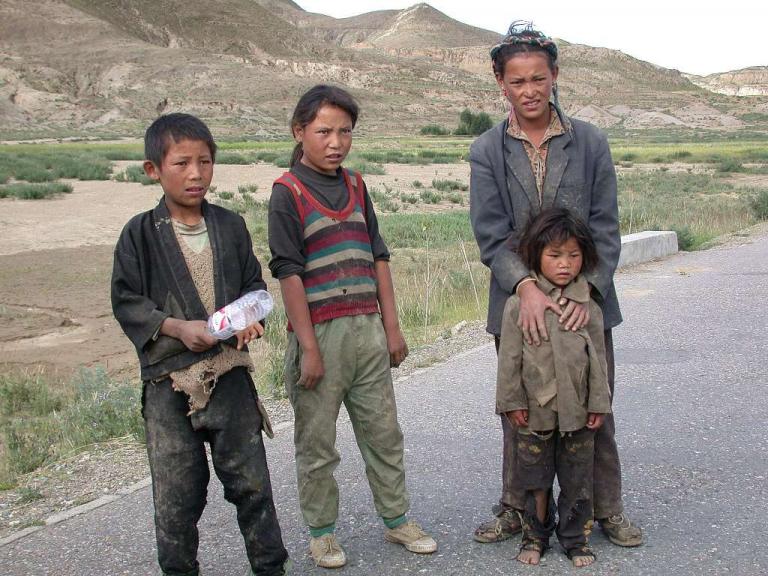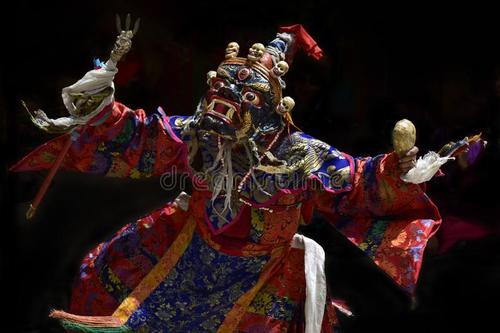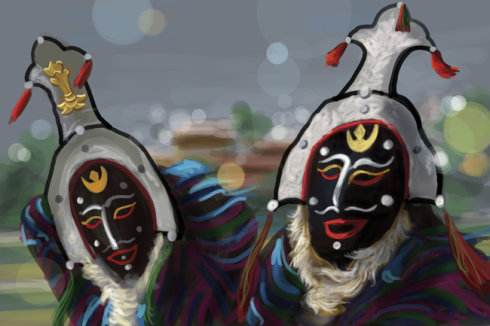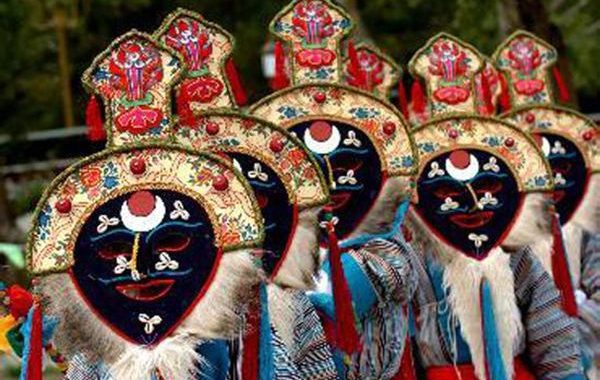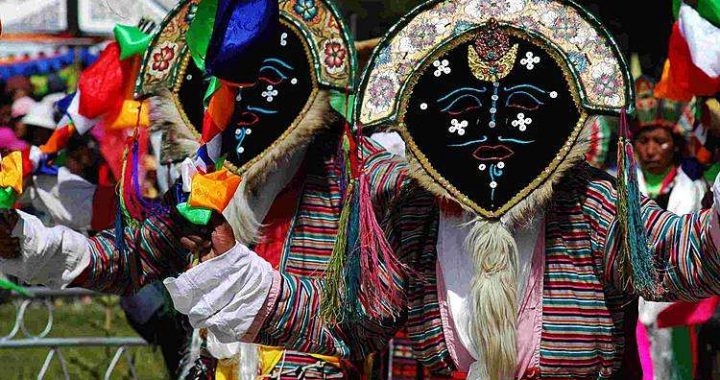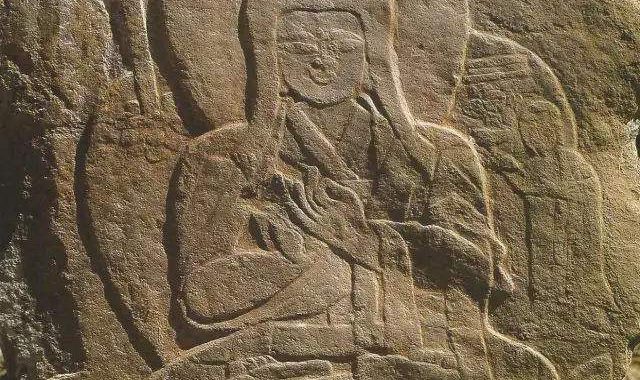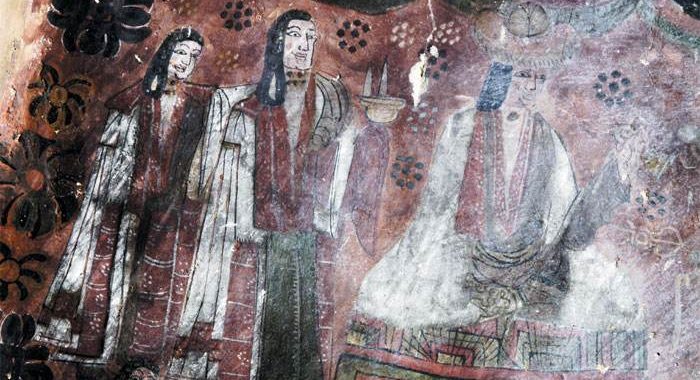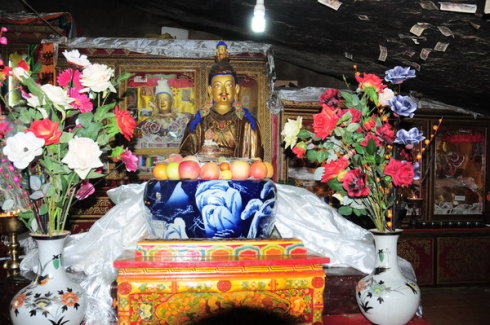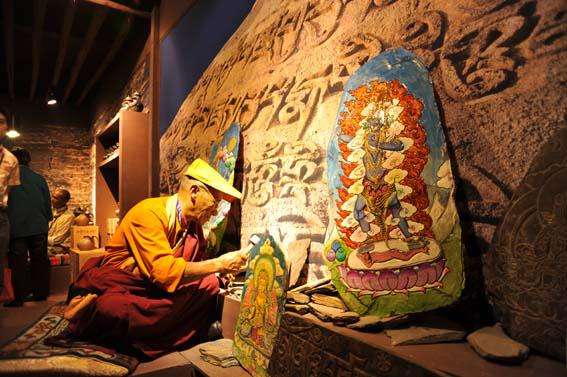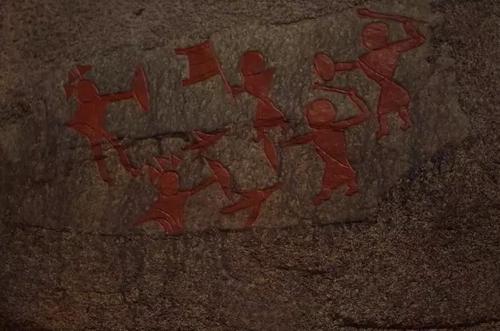Tibetans in Tibet
3 min readThe Potala Palace at thecenterof Lhasa, symbolof Tibetan history, cultureand Qinghai-Tibet Platea.
The Tibetan people,5.41 million in total, live on the roof of the world, the Qinghai-Tibet Plateau, administratively, in the Tibetan Autonomous Region, as well as in other autonomous prefectures orcounties in Qinghai, Sichuan and Yunnan. They make a living by animal husbandry of sheep, goats or yaks. They farm, too, and grow crops such as wheat, canola and peas. Their staple food is roasted highland barley and yak butter.
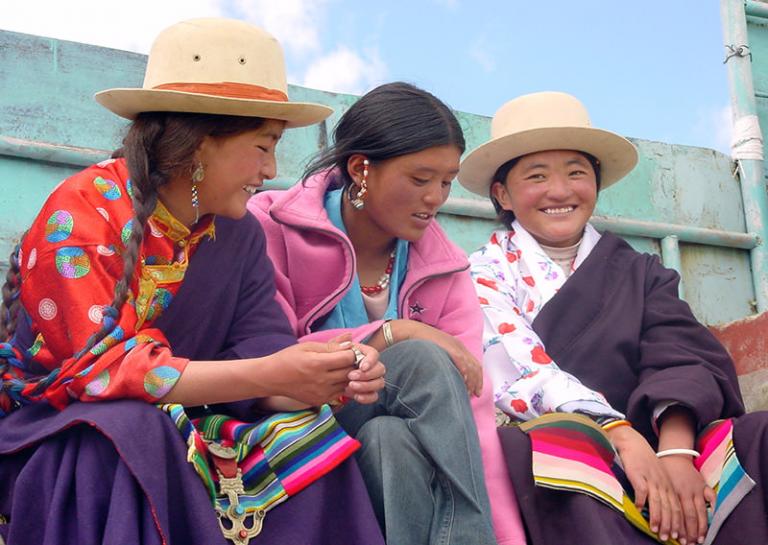
The Tibetan people are outgoing, warm, courageous and unconstrained. They like to dance and sing about their happy life under the azure sky. The Tibetan folk songs and rhyme are melodious and fast-paced. Their drawn-out tunes are heart-rending. When they sing, they often dance at the same time.
Tibetan Buddhism is the most important part of Tibetan culture. Around the 7th century, Buddhism travelled from India to Tibet. Now, it has over 1,300 years of history. Based on Buddhism, Tibetan Buddhism incorporated features from a local, original religion called “Ben.”Between the 13th and the 16th centuries, Tibetan Buddhism developed rapidly, becoming very popular and active. Many monasteries were built, among them the most famous are the Potala and the Tashi Lhunpo. Tibetan Buddhism has four sects, Gelugpa, Sagya, Kargyupa and Ningma; of these, the Gelugpa, also called the Yellow Sect, is the largest. The Yellow Sect practises a Living Buddha succession system from the two branches of Dalaiand Panchen.
The Tibetan people are pious Buddhist followers.They are willing to give their life savings to their living Buddha.On the Qinghai-Tibet Highway,devout followers can be seen frequently kowtowing every three steps on a trip to the sacred Lhasa,which usually takes several years.The Tibetan people carve their sutra on stones,which are called Mani stones,often piled up by roads,on bridges or on top of a mountain.In very cold weather,they keep the stone inside their robes next to their bodies to draw strength from the stone.The Xinzhai Town in Yushu Tibetan Autonomous Prefecture in Qinghai,built by the living Buddha of the first generation,had over 2.5 billion pieces of Mani stones by the 1950s.
The influence from Tibetan Buddhism on the locals is amazing.Their daily life are filled with awe of the Buddha.They have many religious taboos,such as making no noise inside monasteries,no smoking or touching Buddhist images.
The Tibetan Opera is called a living relic,one of the oldest forms existing in China.It doesn’t take many props or a serious theater,yet it enjoys huge popularity.A Tibetan play may draw a huge audience from near or far.The Tibetan Opera evolved from local folk songs,poetry,dancing,music and storytelling.With a little preparation,actors begin to act in masks that represent different types of characters,evil or good.The characters have little dialogue but much singing and are joined by asupporting cast on backstage.A storyteller,accompanied by clappers in hand,explains the plot to the audience.The characters sing and dance,accompanied by music.Because the venue is usually large,their singing must be very resonant and project to all of the audience,some of whom are far away.Most of their stories are adapted from folklore,legends,Buddhist tales and past events.
Tibetan clothing has strong national characteristics-big waist, long sleeves and large fronts, varying from place to place in style, decoration, color and the manner in which it is worn. Women’s clothinghas about 100 varieties. Their hair has many plaits with decorative objects to hang on their backs. Tibetan women wear a lot of jewels-gold, silver, coral or agate on the head, neck, hands and waist. Monks and nuns wear Buddhist outer vestments only.
